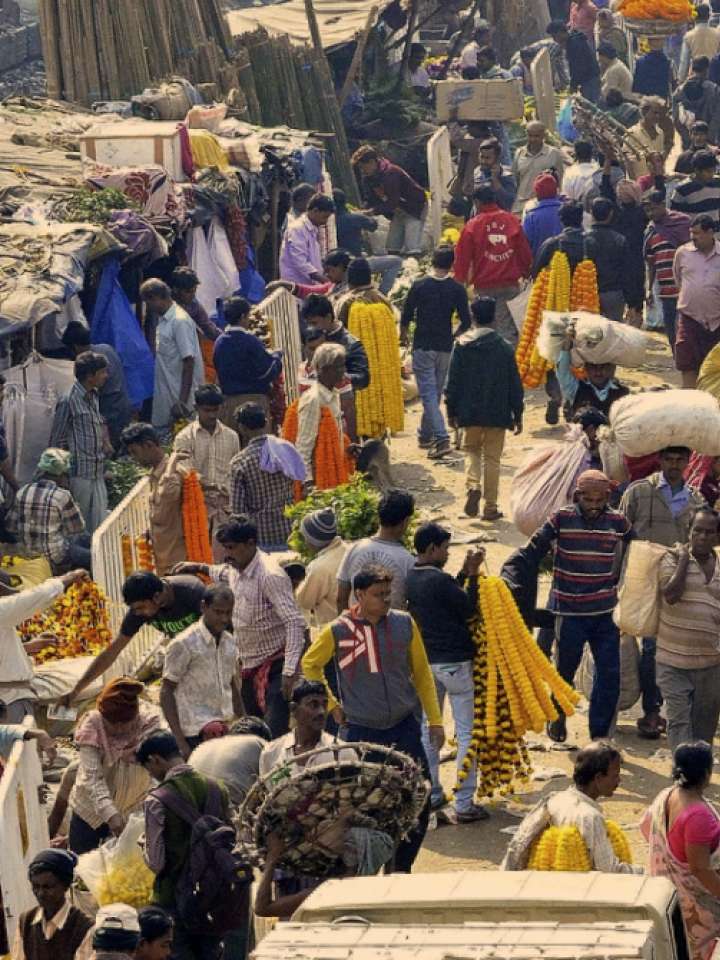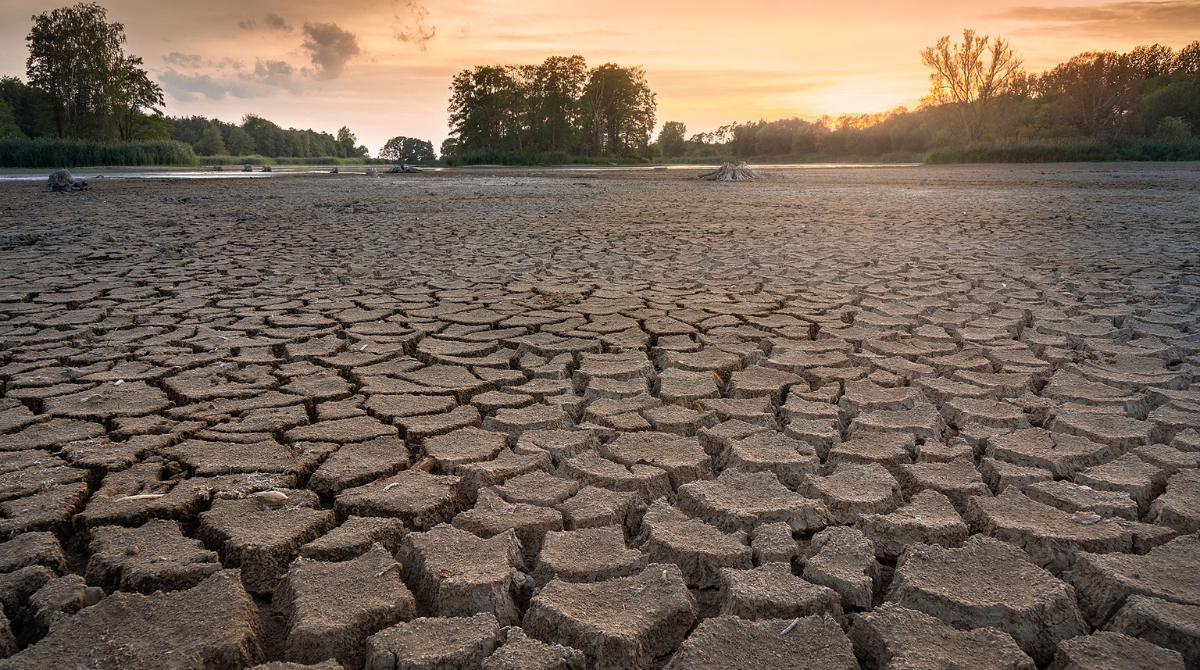Focus on Drought
Within the next 80 years, 129 countries will experience an increase in drought exposure mainly due to climate change alone, and 38 countries primarily due to the interaction between climate change and population growth (Smirnov et al., 2016) The way in which we understand and manage drought risk is directly linked to our ability to meet the targets of the 2030 Agenda for Sustainable Development and the Sendai Framework for Disaster Risk Reduction.
The GAR Special Report on Drought 2021 calls for immediate action to reduce drought risks. Thinking ahead and acting in advance of drought has far lower costs than reacting and responding to the impacts once drought hits.
Drought
Consequences
20 MILLION
PEOPLE
across Africa and the Middle East came to the brink of starvation in 2017, when drought led to the worst humanitarian crisis since the Second World War.
Source:(UN-OCHA)
Displacement
UP TO 700 MILLION
PEOPLE
are at risk of being displaced as a result of drought by 2030.
Source: 2018 United Nations/World Bank High Level Panel on Water
FUTURE
TWO THIRDS
OF THE WORLD
will be living under “water-stressed” conditions by 2025 – when demand outstrips supply.

KEY RECOMMENDATIONS
Prevention
Prevention has far lower human, financial and environmental costs than reaction and
response.
Risk Governance
Increased understanding of complex systemic risks and improved risk governance can lead
to effective action on drought risk.
Partnerships
Drought resilience partnerships at the national and local levels will be critical to
managing drought in a warming world where rainfall will become ever more unpredictable.
Management Mechanisms
A mechanism for drought management at the international and national levels could help
address the complex and cascading nature of drought risk.
Financial Systems
Financial systems and services must evolve to encourage cooperative approaches, promote
social protection mechanisms and encourage risk transfer and contingent financing.
Inclusion
New pathways are needed to encourage the inclusion of indigenous and local knowledge and
the effective sharing of drought risk management experiences.
Interviews with Authors





